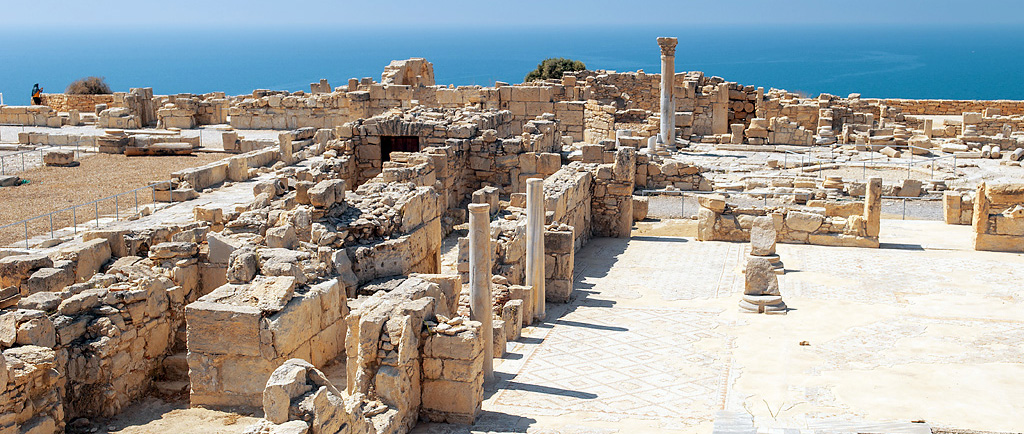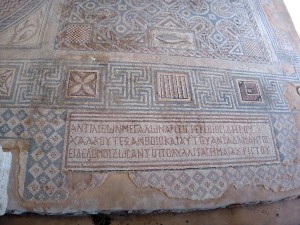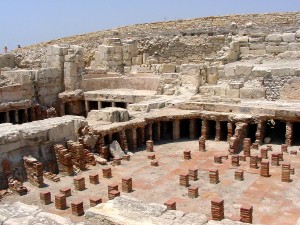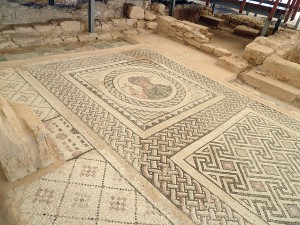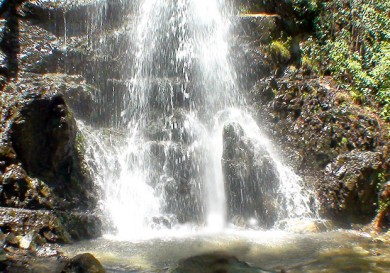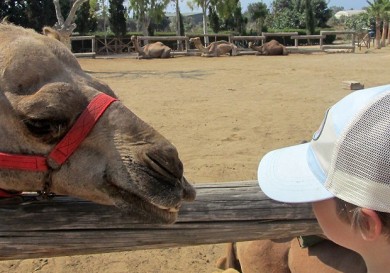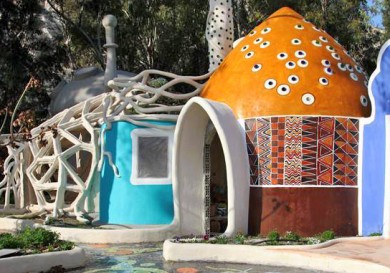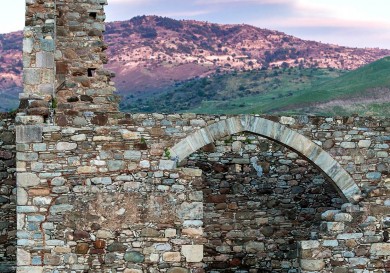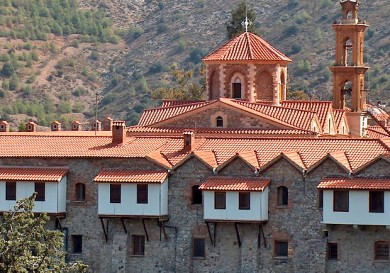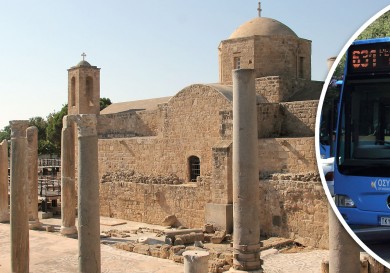Today we are inviting you to accompany us on an amazing trip to one of the most interesting places in Cyprus. A quarter of an hour’s leisurely ride from Limassol, one of the most popular resorts of Cyprus, and you find yourself in a completely different era…
To the Ancient Kourion
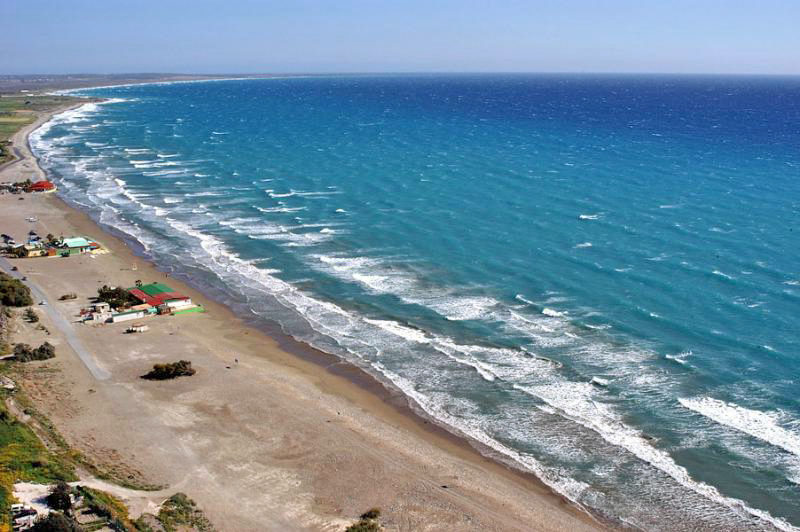 This trip starts at the village of Fasouri, where, by the way, an indoor water park is located, a favourite leisure spot for both children and adults on a hot summer day. Of course, we will drop in here, but next time.
This trip starts at the village of Fasouri, where, by the way, an indoor water park is located, a favourite leisure spot for both children and adults on a hot summer day. Of course, we will drop in here, but next time.
Signposts lead you to the endless green garden of Hesperides. This is Fasouri, with its orange and lemon trees galore, vineyards split into regular squares over which majestic cypresses tower… Your breath is taken away by the beauty of the garden – people say about such places that the very nature speaks here.
Sticking to a road under the shade of the natural green tunnel, you cannot help but feel the head spinning citrus fragrance. The end goal, Кoury (or Кourion), is one of the most educational archeological parts of the island.
The ancient settlement was built on top of a hill, from which a view of the picturesque surrounding area opens up. A small green valley covered with orange trees, vineyards and fruit gardens will spread out in front of you.
The Akrotiri cape is seen in the distance. The Episkopi and Limassol bays are to the right and to left. The Akrotiri peninsula is crowned with a small hill on both sides of which the capes of Zevgari and Cape Gata are located. How wonderful the sea is here!
Акrotiri is the Heritage of the British Colony
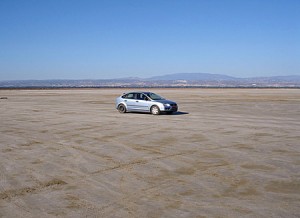 It was here where the main British military base in Cyprus was built, Акrotiri, where a military airfield is located.
It was here where the main British military base in Cyprus was built, Акrotiri, where a military airfield is located.
You will easily find the salt lake between the military base and the small valley. It dries up in the summer, making the landscape resemble an incredible planet in another universe.
The sun paints fractures of the land in red and pink, lays deep dark shadows and is reflected in rare stones sparkling with salt…
The region around Kourion has been inhabited for a long time. There is a settlement of the Neolithic era, Sotira, not far from here.
The famous Herodotus mentioned that Kourion was founded by Argolidians. Archeological finds show that Kourion was an important settlement during the historial times of the Hellenic and Romanian periods. In the 4th century AD a devastating earthquake levelled the city to the ground.
Other archeological excavations show that Kourion was subjected many times to Arab raids in the 7th century.
Visiting the Monomakhs and Achilles
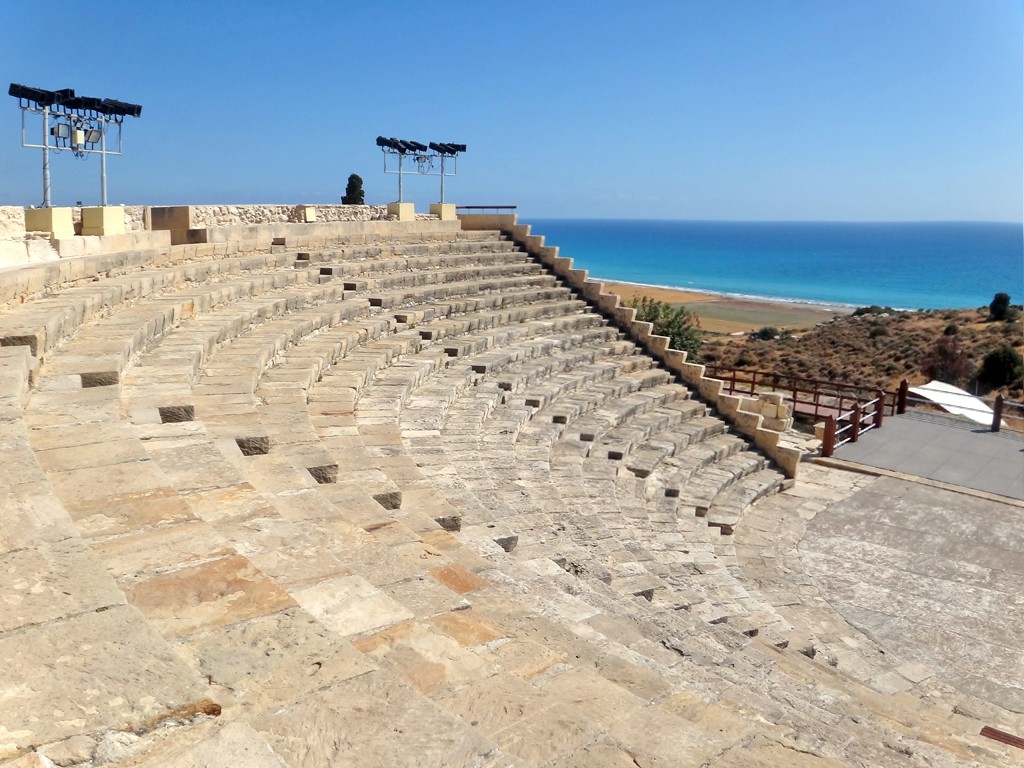 What is left from this once rich city of Cyprus? Оne of the places where you can see history come alive is the Roman amphitheatre, which housed up to 3,500 spectators in its good times.
What is left from this once rich city of Cyprus? Оne of the places where you can see history come alive is the Roman amphitheatre, which housed up to 3,500 spectators in its good times.
The grand construction was erected at the end of the 2nd century AD in the south of the operating architectural area. The theatre was abandoned in the 4th century due to the spread of Christianity, whose devotees did not approve of the cruel Roman entertainment.
Now the amphitheatre is used for shows and dramatic productions on summer evenings.
If you attend one of them, you will become witness to a wonderful show, where perfect acoustics and an unforgettable atmosphere of antiquity are combined with a starry sky and a quiet sea reflecting the moonlight…
To the east of the pillar of Roman culture there is the Evstoliya villa, which was erected at the end of the 5th century AD and used to be one of the largest buildings of the time. The villa was designed as a private house with numerous rooms and baths. Its floors were decorated with dozens of mosaics — a sign of special luxury.
Once noisy, the Residence of Monomachs, or the Villa of Gladiators is now silent — this was the first luxurious house with rich mosaic flooring depicting fighting gladiators. Litras, Маrgaritis, Hellenicos – the names of the fighters who became part of ancient history, cover all the floors. The dilapidated walls, upended fragments of mosaics and ruined drainpipes – all these remind us of the terrible, merciless earthquake of the 4th century AD.
Have you ever dreamt of visiting Achilles? Now you have a chance – there is a villa named after him on the peninsula, near the northern entrance to Kourion. Of course, the mythic hero never lived here. Most likely the place, which dates back to the 2nd century AD, was meant for entertainment. There used to be an open yard here crowned with a portico with columns linking numerous rooms.
Mosaics, which depict scenes of Odyssey’s stay on the island of Skiritous, and the moment when he recognizes Achilles who was dressed in female robes, is worthy of special attention.
Looking at remnants of an ancient drainage system equipped with clay pipelines is also worth it. Just imagine, over a thousand years ago it provided water to the city’s population of about 30,000 inhabitants.
The trip to Kourion ends in an early Christian Throne church, whose construction dates to the 5th century AD. This is one of the largest churches of ancient Cyprus. It used to be a cathedral and the residence of the Archbishop. Now you can enjoy the monumental granite columns with the marble basements, which split three naves of the throne church.
There used to be a small church for those who brought gifts, to the north of it. There was a triangular container at its entrance where the believers performed ablutions before entering. Many buildings of Kourion were ruined during Arab raids, whilst the residence of the Archbishop was moved to a settlement, which is still called Episkopi.
To the Beach!
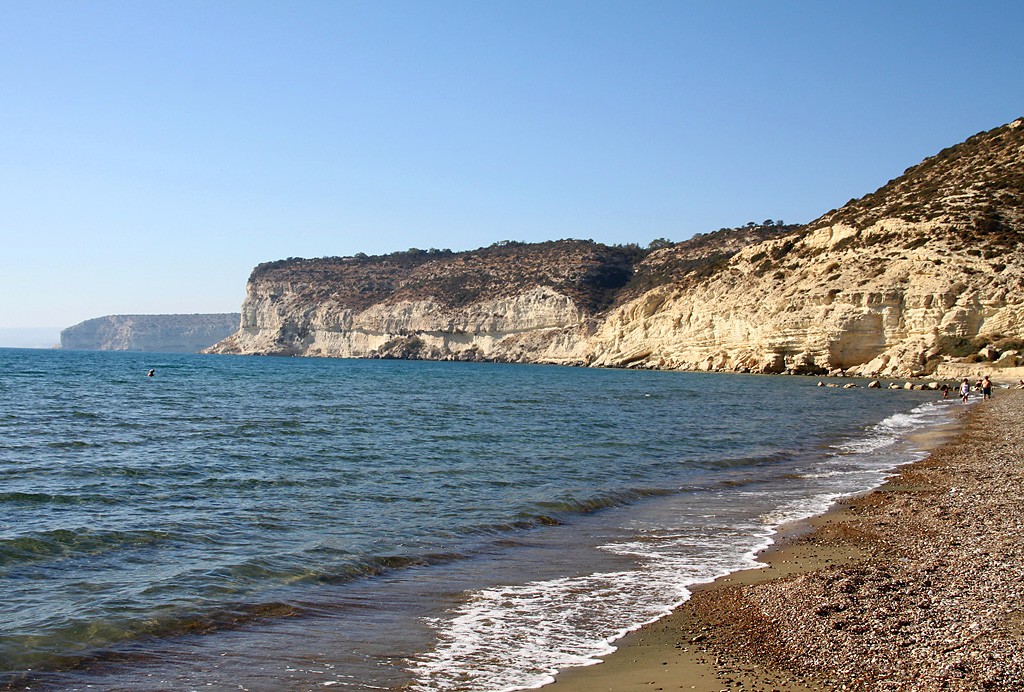 The historical trip to the past of the island under the scorching sun requires coolness and rest at its end — the Kurion Beach signpost will lead you to a large sandy beach, which is one of the local inhabitants’ favourite leisure spots.
The historical trip to the past of the island under the scorching sun requires coolness and rest at its end — the Kurion Beach signpost will lead you to a large sandy beach, which is one of the local inhabitants’ favourite leisure spots.
There are many cosy restaurants here, where the sea is a stone’s throw away. Тhree of them are located right on the beach, while the menu of the second is especially liked by all guests of Kourion. For example, you can treat yourself to various seafood (the price of a dish is 9-13 еuros), including the freshest fish, which is delivered to the restaurant by local fishermen.
And, of course, you should take a glass, or maybe two, of good local white wine (for instance, the famous Alina (vinery Vouni)) to go with such a wonderful meal. While the dishes are being cooked, it is good to swim, looking forward to the magnificent meal and feeling happy about another good day on the sunny island, which is full of secrets and history!




